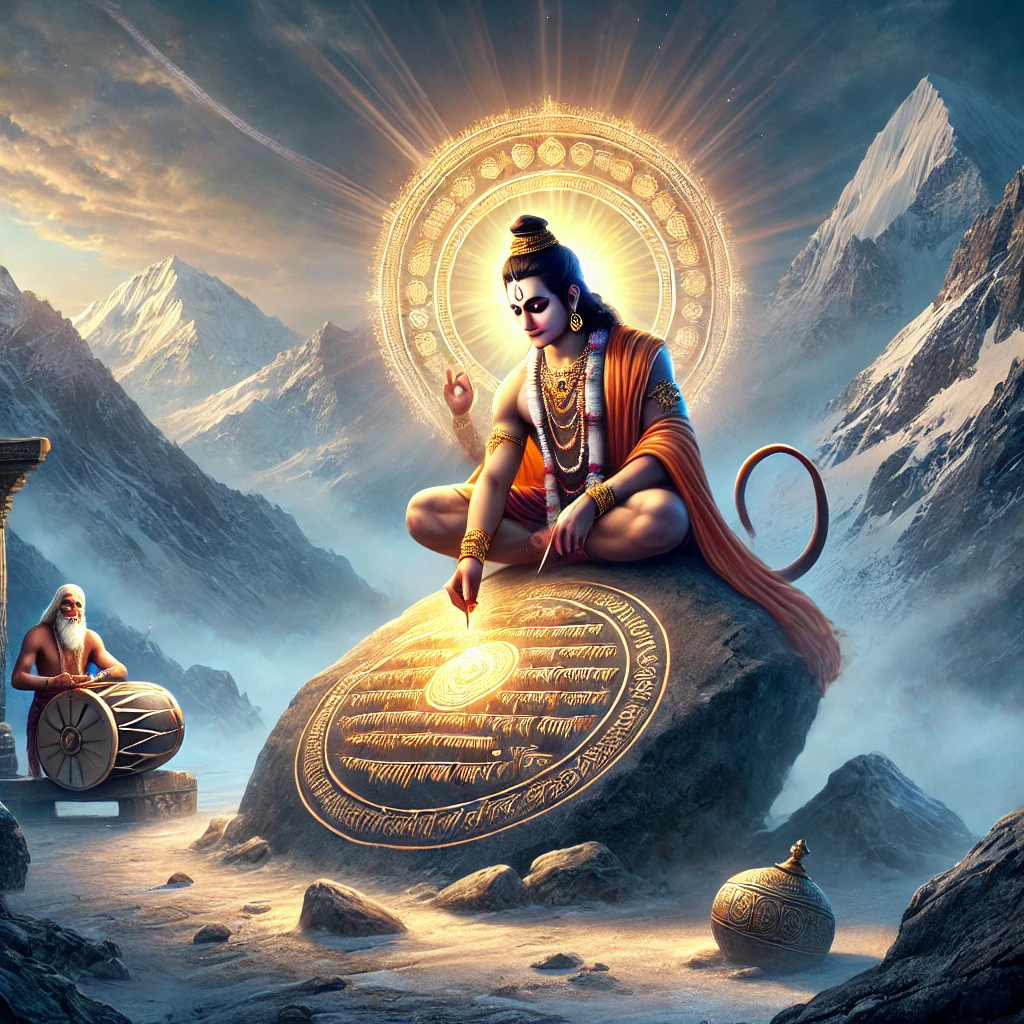How Did Lord Hanuman Write the Ramayana?
The Ramayana, written by Sage Valmiki, is one of the most revered scriptures in Hinduism. However, did you know that Lord Hanuman also wrote a version of the Ramayana? This version is known as “Hanumad Ramayana” and holds a fascinating story of devotion and humility.
The Story of Hanumad Ramayana
It is believed that Hanuman inscribed his version of the Ramayana on a large rock in the Himalayas using his nails. The story unfolds as follows:
1. Hanuman’s Love and Devotion
After the war in Lanka and the return of Lord Rama to Ayodhya, Hanuman continued his devotion by meditating in the Himalayas. Inspired by his love for Lord Rama, he decided to write his own version of the Ramayana. Unlike Valmiki, who wrote in Sanskrit, Hanuman wrote in the divine language of the gods using his nails on stone.
2. Sage Valmiki’s Encounter
During his travels, Sage Valmiki came across Hanuman’s inscriptions. As he read Hanuman’s Ramayana, he was amazed by its beauty, depth, and emotional intensity. He realized that it was even more profound than his own version.
3. Valmiki’s Disappointment
Seeing the divine quality of Hanuman’s Ramayana, Valmiki felt disheartened. He feared that people might regard Hanuman’s version as superior to his own. This thought saddened him.
4. Hanuman’s Humility and Sacrifice
Understanding Valmiki’s feelings, Hanuman smiled and humbly said,
“I wrote this Ramayana out of my love and devotion for Lord Rama, not for recognition or fame.”
To console Valmiki, Hanuman picked up the entire rock on which he had inscribed the Ramayana and threw it into the ocean.
Is Hanumad Ramayana Available Today?
It is believed that most of Hanuman’s Ramayana was lost in the ocean. However, some fragments are said to have survived and have been passed down through ancient texts and oral traditions.
The Message of Hanuman’s Story
Hanuman’s actions teach us a valuable lesson: true devotion is free from ego and the desire for recognition. His selfless love for Lord Rama was more important to him than fame or credit.
This story also reminds us that humility and sacrifice are the highest forms of devotion. Hanuman’s unparalleled dedication and surrender to Lord Rama make him an eternal symbol of Bhakti (devotion).
Did you find this story inspiring? Share your thoughts in the comments! Jai Shri Ram!

Leave a Reply